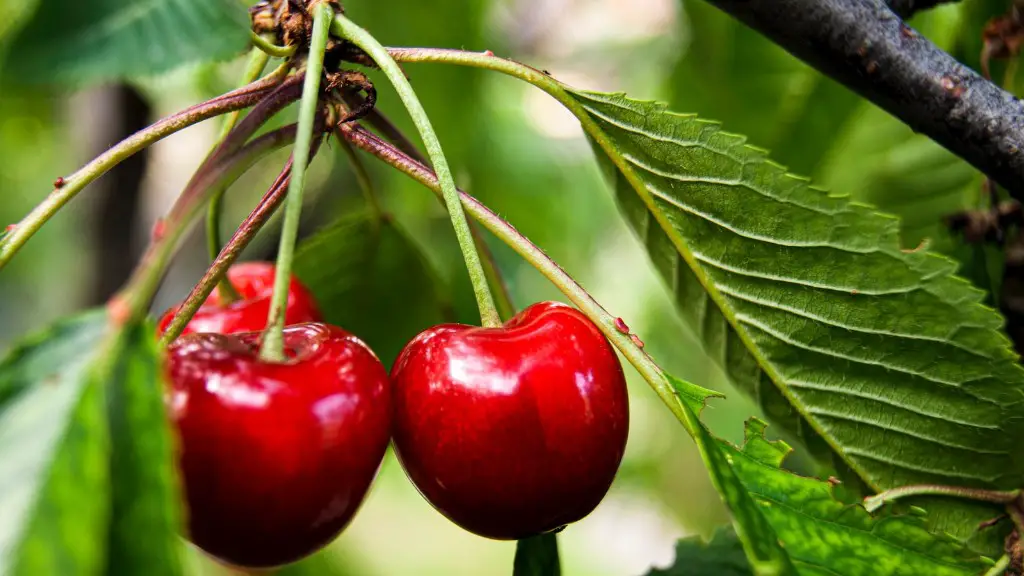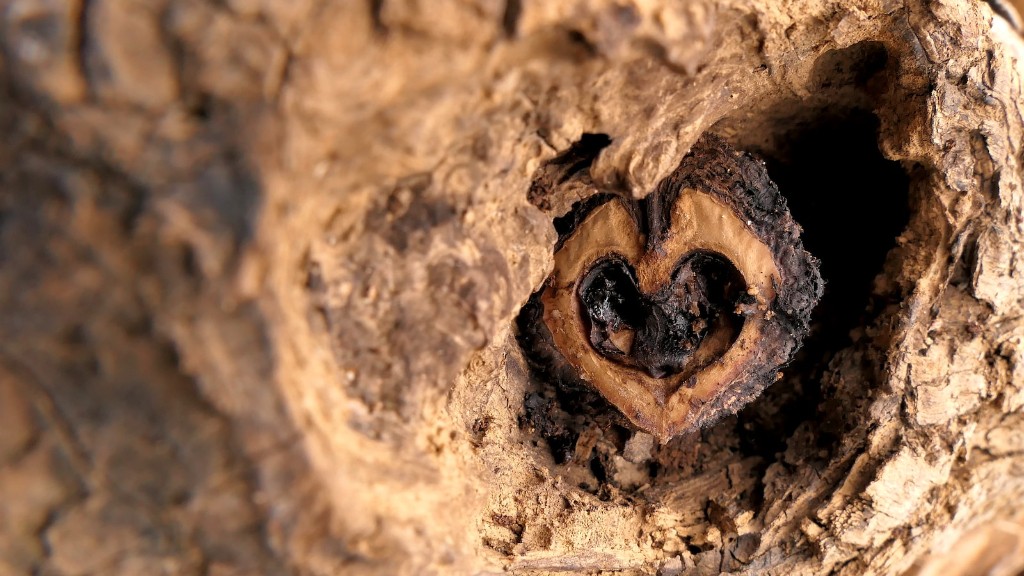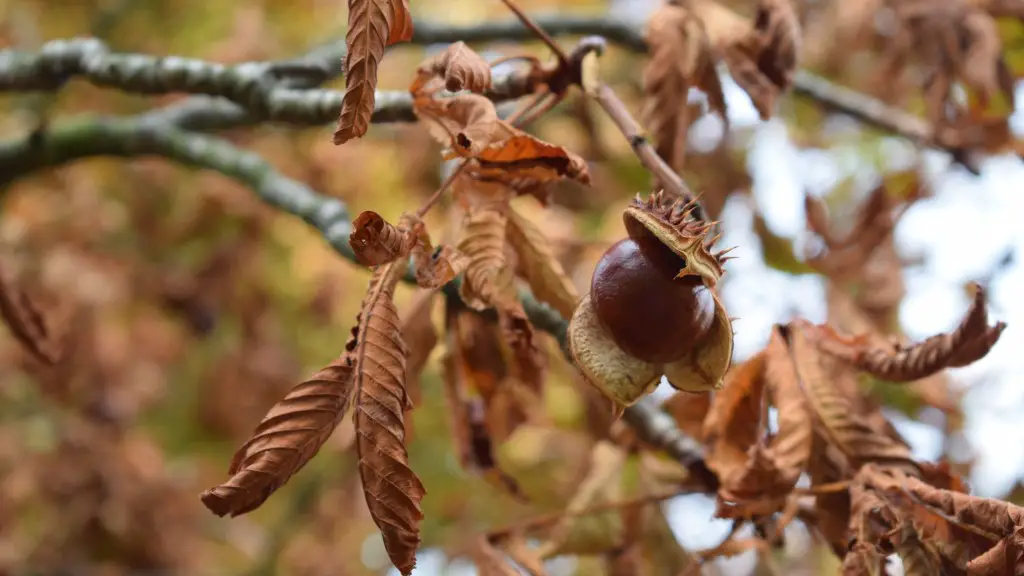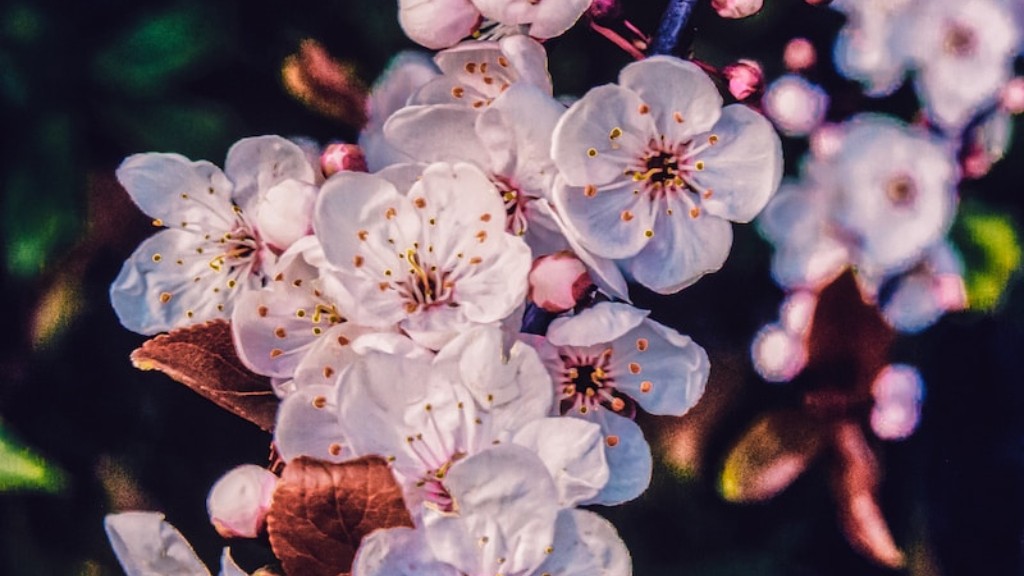Propagation
Creating a new cherry tree from a cutting is a relatively simple process that is made even easier with a few tips and tricks. Before the process even begins, it is important to understand what a cutting actually is. A cutting is a branch from an existing tree that you cut off and begin to grow a new tree from. This method of propagation is relatively common for roses, and although it may be slightly more difficult for cherry trees, it is still entirely possible.
When selecting a cutting, it is important to select one that is approximately one year old and is just beginning to harden off, such as those taken in the spring. Avoid soft or newly-sprouted branches to ensure the cutting will take and not wilt or die before it has the chance to develop a root system. There should be leaves attached to the branch, with at least four to six buds along its length.
Planting
Once the cutting has been sourced, it is important to understand the process of planting the cutting. First, the cutting should be cut into four- to six-inch sections. Then, the base of each section should be cut at an angle. This helps the cutting to develop a larger root system and increase the chances of success. Next, the cutting should be soaked in a mixture of water and rooting hormone for a few hours in order to introduce the hormones directly into the cutting’s vascular system. The rooting hormone is designed to help kick-start the root development process and can be found in most garden centers.
Once the cutting has been soaked, it is time to plant it in a pot filled with 20-25% Perlite and the remainder a mixture of regular potting soil or garden soil. Plant the cutting two inches into the soil in the pot. The pot should be placed in a shaded location and should be watered as needed. To ensure the cutting remains hydrated, cover it with plastic wrap and keep it in a humid location.
Care
After planting, the cherry tree cutting needs regular care and maintenance in order to successfully develop in its new environment. The soil needs to stay wet and should be monitored regularly for roots at the bottom of the pot. The leaves should also be monitored and if wilting is taking place, the cutting should be watched closely.
During the summer months, the cutting should be placed outside in a shaded location, away from direct sunlight and allow natural rain to water the tree. The pot should also be turned occasionally to ensure all of the cutting gets an equal amount of sunlight.
Root Development
Once the roots have begun to develop, the cutting should be transplanted to a larger pot or even moved outside to the ground. If the cutting is to be planted in the ground, the soil should be tilled and loose soil should be used. This allows the roots to spread easily and establish more easily. When choosing a location, pick a place that receives indirect sunlight and has good drainage.
When the cutting has been transplanted to the final location, water it as needed. During the first year, the tree should be monitored closely for signs of wilting and lack of growth. If the tree does not seem to be thriving, it may be best to move it to a different location or to fertilize it.
Fertilizing
Fertilizing is a great way to help a cherry tree flourish. Fertilizing should be done in the spring and in the fall with a balanced fertilizer, such as 10-10-10. Avoid over-fertilizing as this can damage the cherry tree. The fertilizer should be spread around the tree ina 20-30 inch radius and should go as far as the trunk.
When fertilizing, the tree should be watered consistently and the feeder roots should be monitored for any signs of distress. If the tree is not responding to the fertilizer, it may be best to use a soil test kit to determine the nutrient needs of the tree and adjust the fertilizer accordingly.
Mulch
Once the cherry tree has been established and has begun to fruit, a layer of mulch should be applied over the root zone in a 6-10 inch layer. This not only helps to retain moisture in the soil, but it also provides essential nutrients to the tree. Mulch should not be applied right up against the trunk of the tree; instead, leave a few inches of space between the trunk and the mulch.
Not only does mulch provide essential nutrients to the cherry tree, but it can also help to suppress weeds and keep the area around the tree looking tidy. Mulch should be topped up once or twice a year and should be replaced every 3-4 years.
Pruning
Pruning is an important part of maintaining a cherry tree. Pruning should be done in the late winter or early spring before the leaves begin to emerge. It is important to remove any dead or damaged wood, as well as any competing stems or branches. Pruning should be done in a way to encourage growth, and the pruned branches should always be discarded and not used for propagation.
When pruning, it is important to use sterilized cutting tools and to disclude any wounds that may have been created during the pruning process. Pruning will encourage the tree to produce new branches and new leaves, which in turn will produce a healthier and more productive cherry tree.
Disease Prevention
When caring for a cherry tree, it is important to be aware of any potential diseases or pests that may afflict the tree. Common pests such as aphids or leaf miner should be monitored and treated accordingly if they appear on the tree. Likewise, common fungal diseases such as brown rot should be treated as soon as possible.
The best way to prevent diseases is to ensure that the cherry tree is healthy and well maintained. This includes providing adequate amounts of sunlight and water, as well as fertilizing as needed. Additionally, pruning away any dead or dying branches should help to ensure the health of the tree and reduce the chances of disease.
Harvesting
When caring for a cherry tree, it is important to recognize when the time is right to harvest the cherries. The first sign of ripening is the color of the cherries changing to a deep red, and the stems becoming slightly softer. When the cherries are ready to pick, the stems should easily pull away from the tree without the use of extreme force.
The best tool for harvesting cherries is a pair of harvest shears. These shears are specially designed for harvesting and will help to ensure a quick and clean harvest. It is important to handle the cherries gently and not to bruise them in any way as this can cause them to spoil quickly.
Cherries should be picked in the morning, when the temperatures are still relatively cool, as this will help to ensure the cherries have a longer shelf life. The best way to store cherries is in a cold, dark room and they should be eaten within a few days of harvesting.
Winter Care
Although cherry trees are relatively cold tolerant, they do require some protection against extreme winter temperatures. It is important to protect the tree with a layer of mulch and to ensure the root system is covered to prevent any freezing. It is also important to ensure the tree is receiving enough moisture during winter months, as this will help to ensure the tree is healthy and strong.
One way to protect a cherry tree from extreme winter temperatures is by using a Christmas tree netting to cover the branches and the trunk of the tree. This helps to shield the tree from extreme temperatures, as well as keeping pests out.
It is also important to check for any dead or injured branches and to prune them away in order to encourage new growth. Pruning also helps to open up the tree’s canopy which allows for better air circulation and helps to reduce the risk of fungal infections.
Weeds and Pests
When caring for a cherry tree, it is important to keep an eye out for any pests or weeds that may appear. Common pests such as aphids, whiteflies, and caterpillars can be treated with insecticidal soap or other organic pesticides. Likewise, common weeds such as crabgrass, dandelions, and thistle need to be managed by use of an organic herbicide.
It is important to apply pesticides and herbicides when the weather is dry, as wet weather can reduce the effectiveness of these treatments. Additionally, certain treatments may require multiple applications, so it is important to follow the instructions provided on the label when using any products.
It is also important to keep the area around the tree free from weeds, as weeds can compete with the tree for resources and limit the growth of the tree. If weeds become too rampant in the area, it is best to use a shallow, source-specific hoe to remove them manually.
Fruit Protection
Once the cherry tree is established and has begun to fruit, it is important to protect the fruit from both pests and birds. In order to prevent birds from accessing the fruit, bird netting can be draped over the canopy of the tree. This will create a barrier between the birds and the fruit, while still allowing the tree to receive adequate sunlight and ventilation.
In order to keep pests away, it is important to regularly inspect the tree for signs of infestation. Most pests can be treated with an organic pesticide, however it is important to consult a local expert before using any pesticides on a fruit tree. Additionally, it is important to remove any fallen fruit from the ground beneath the tree, as this can attract pests.
Meeting Nutritional Needs
In order for a cherry tree to produce high quality fruits, it is important for the tree to receive adequate amounts of nutrients. This means providing the tree with a balanced fertilizer, such as 10-10-10, at least once a year. It is important to fertilize around the trunk and out past the root zone in order to give the tree access to the full range of nutrients.
Additionally, a soil test can be conducted to determine the exact needs of the tree, as well as how to adjust the fertilizer as needed. This can be done by a local plant health professional, or by using a soil test kit that can be purchased online or at a local garden center.
Understanding the nutritional needs of a cherry tree can help to ensure the tree has everything it needs to grow and produce high quality fruits. Fertilizing and soil testing regularly is one of the best ways to keep the tree healthy and ensure the fruits meet the highest standards of quality.



